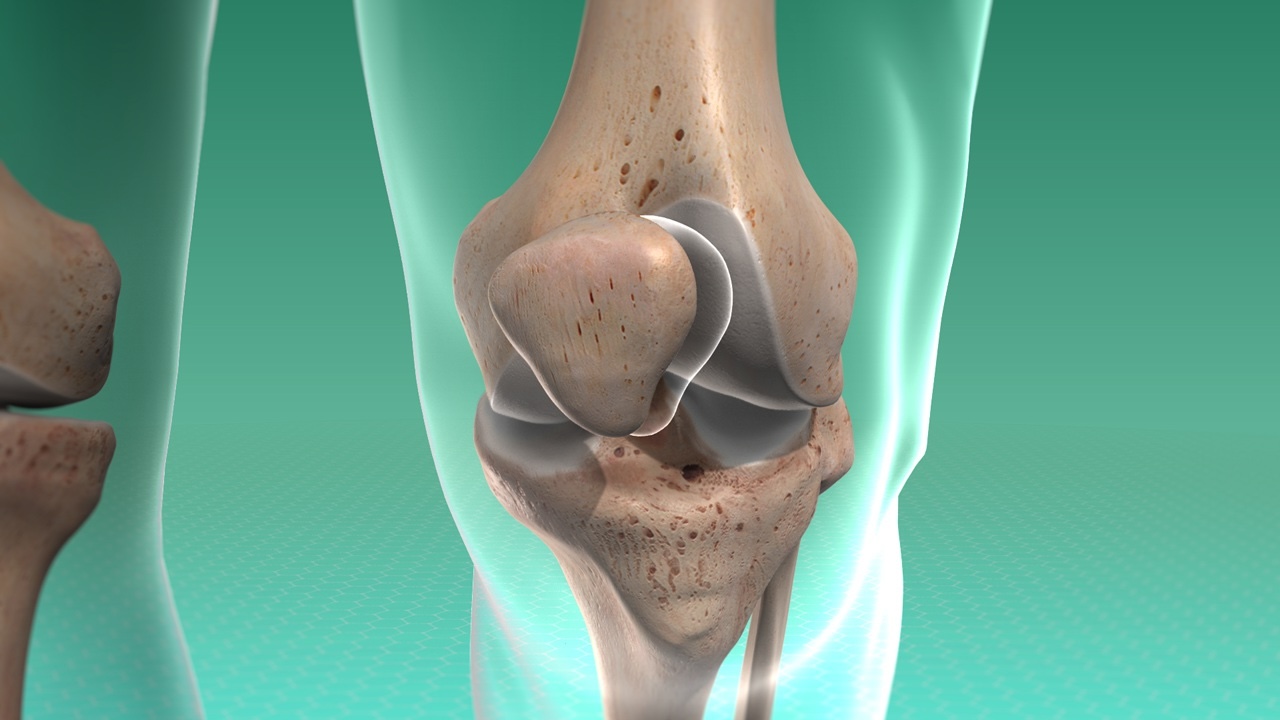
Ever wondered what the patella does? This small, triangular bone, commonly known as the kneecap, plays a crucial role in our daily movements. Located at the front of the knee joint, the patella protects the knee and enhances the leverage of the thigh muscles. Without it, simple actions like walking, running, or jumping would be much harder. But there's more to the patella than meets the eye. From its unique development in the womb to its vital function in sports, the patella is a fascinating part of human anatomy. Let's dive into 30 intriguing facts about this essential bone that keeps us moving smoothly every day.
What is the Patella?
The patella, commonly known as the kneecap, is a small bone located in front of the knee joint. It plays a crucial role in leg movement and stability. Here are some fascinating facts about this essential bone.
-
The patella is the largest sesamoid bone in the human body. Sesamoid bones are embedded within tendons.
-
It protects the knee joint by covering and shielding it from direct impact.
-
The patella improves the leverage of the thigh muscles, making leg movements more efficient.
-
It is triangular in shape, with the apex pointing downward.
-
The patella is connected to the quadriceps tendon at the top and the patellar ligament at the bottom.
Patella Development and Anatomy
Understanding how the patella develops and its anatomical features can provide insight into its function and importance.
-
The patella begins to ossify (turn into bone) between the ages of 2 and 6 years.
-
It is fully ossified by the age of 10 in most individuals.
-
The posterior surface of the patella is covered with the thickest cartilage in the human body, which helps reduce friction in the knee joint.
-
The patella has a smooth, convex anterior surface and a rough posterior surface.
-
It has two main facets on its posterior surface that articulate with the femur.
Patella Injuries and Conditions
The patella is prone to various injuries and conditions due to its location and function. Here are some common issues related to the patella.
-
Patellar fractures can occur due to direct trauma or excessive force.
-
Patellar dislocation happens when the patella slips out of its normal position, usually to the side.
-
Patellar tendinitis, also known as jumper's knee, is an overuse injury affecting the tendon connecting the patella to the shinbone.
-
Chondromalacia patellae is a condition where the cartilage on the underside of the patella softens and deteriorates.
-
Patellofemoral pain syndrome (PFPS) is a common cause of knee pain, often related to overuse or misalignment of the patella.
Patella in Different Species
The patella is not unique to humans; many animals have this bone, although its shape and function can vary.
-
Most mammals have a patella, including dogs, cats, and horses.
-
Birds have a patella, but it is often smaller and less prominent than in mammals.
-
Some reptiles, like lizards, have a patella, while others, like snakes, do not.
-
The patella in frogs is cartilaginous rather than bony.
-
In some animals, the patella can be fused with other bones, such as the femur.
Interesting Patella Facts
Here are some additional intriguing facts about the patella that you might not know.
-
The word "patella" comes from the Latin word for "small plate."
-
The patella can be used in forensic science to help identify human remains.
-
Some people are born with a bipartite patella, where the bone is in two separate pieces.
-
The patella can be affected by arthritis, leading to pain and reduced mobility.
-
Patellar reflex, also known as the knee-jerk reflex, is a common neurological test to assess the nervous system.
Patella in Sports and Exercise
The patella is crucial for athletes and those who engage in regular physical activity. Here are some facts related to sports and exercise.
-
Strengthening the quadriceps can help support and protect the patella.
-
Proper warm-up and stretching can reduce the risk of patellar injuries.
-
Wearing knee pads can protect the patella during high-impact sports.
-
Patellar taping is a technique used by athletes to stabilize the patella and reduce pain.
-
Rehabilitation exercises after a patellar injury often focus on restoring strength and flexibility to the knee joint.
The Patella: A Small Bone with Big Importance
The patella might be small, but it plays a huge role in our daily lives. This kneecap helps protect the knee joint, aids in leg movement, and provides leverage for muscles. Without it, simple actions like walking, running, or jumping would be tough. It's fascinating how this tiny bone can handle so much stress and pressure. Knowing these facts about the patella can help us appreciate our bodies more. Next time you bend your knee, remember the patella's hard work. It's a reminder of how every part of our body, no matter how small, has a big job to do. So, take care of your knees, keep them strong, and give a nod to the patella for all its efforts.
Was this page helpful?
Our commitment to delivering trustworthy and engaging content is at the heart of what we do. Each fact on our site is contributed by real users like you, bringing a wealth of diverse insights and information. To ensure the highest standards of accuracy and reliability, our dedicated editors meticulously review each submission. This process guarantees that the facts we share are not only fascinating but also credible. Trust in our commitment to quality and authenticity as you explore and learn with us.
